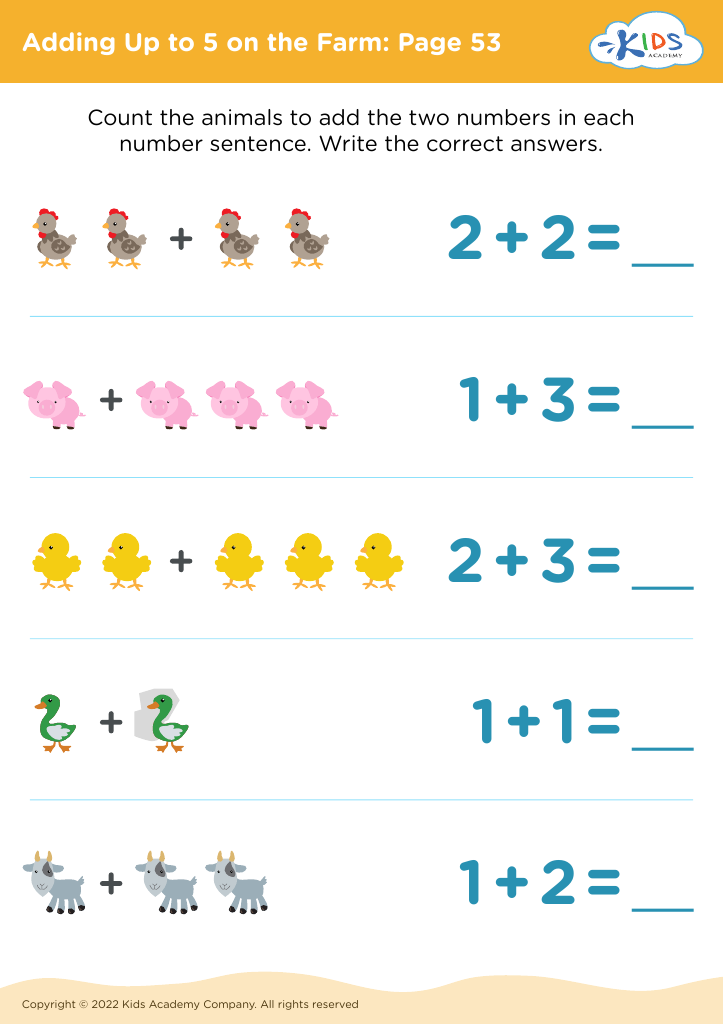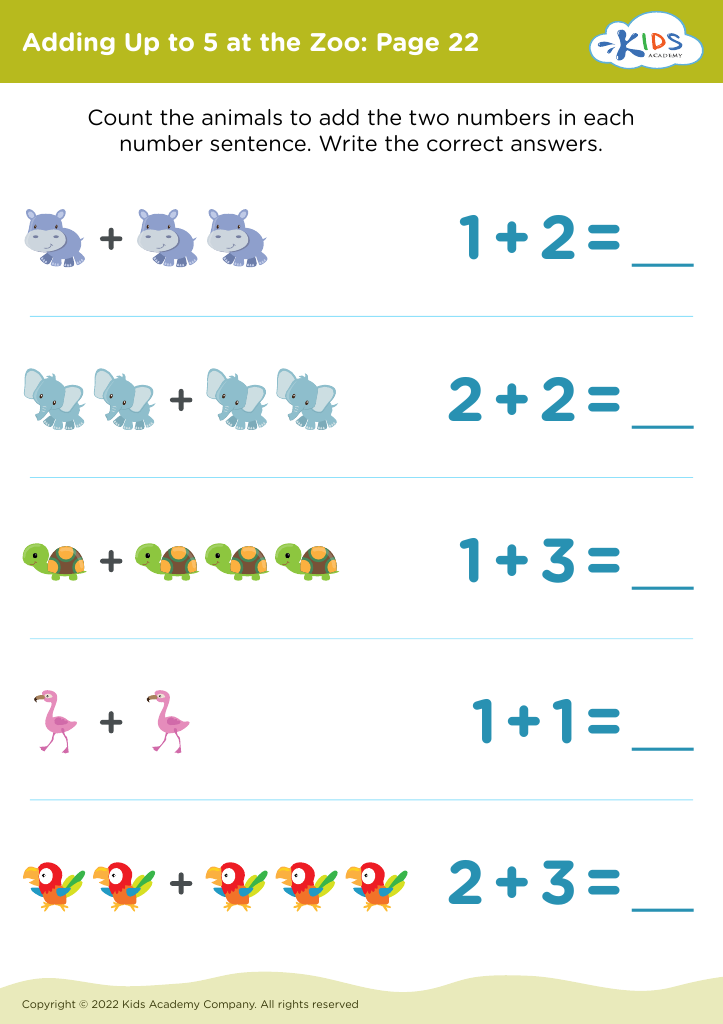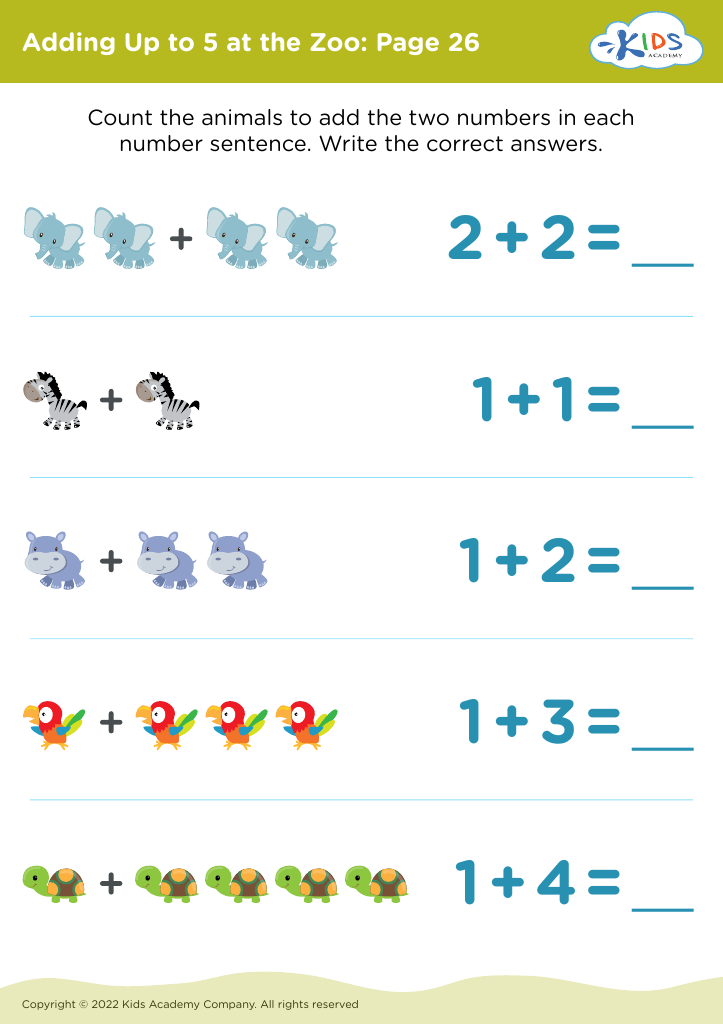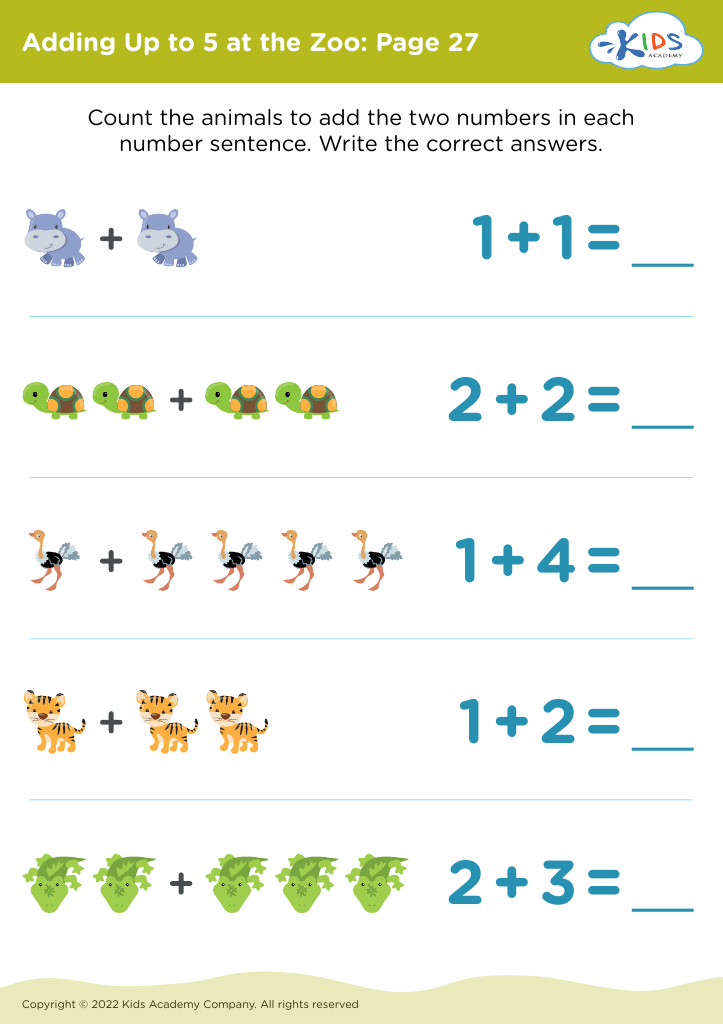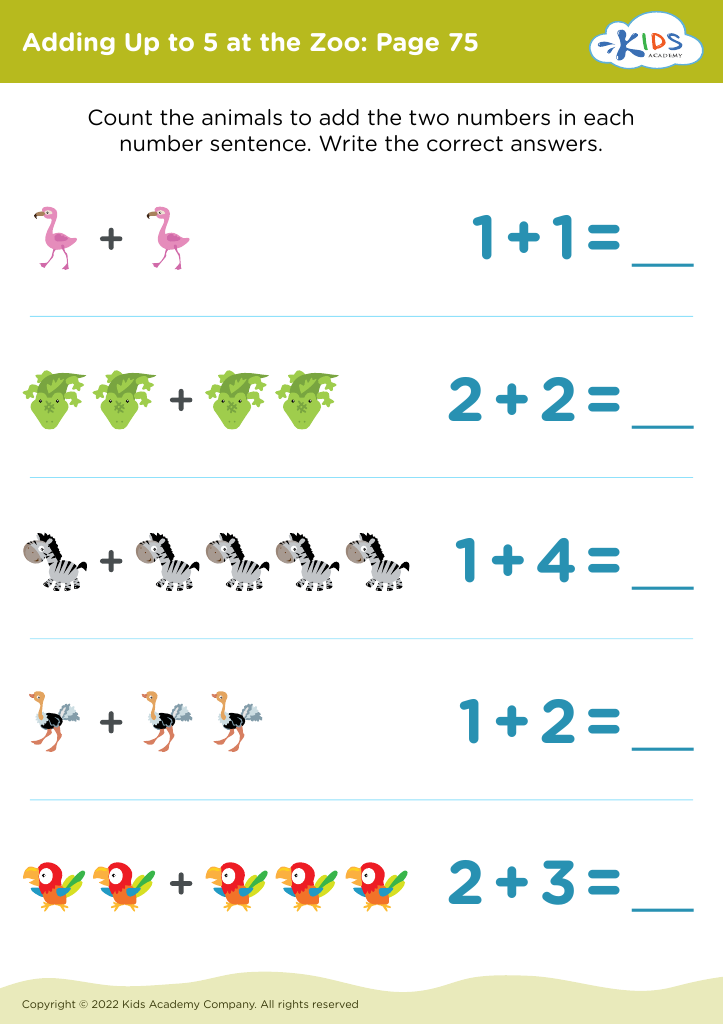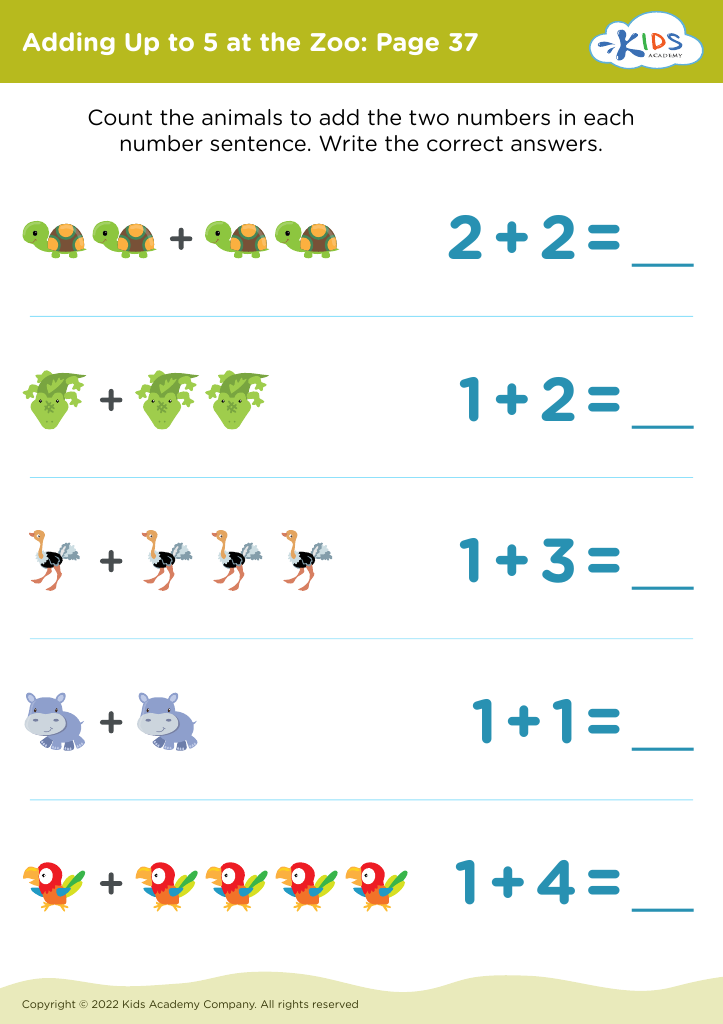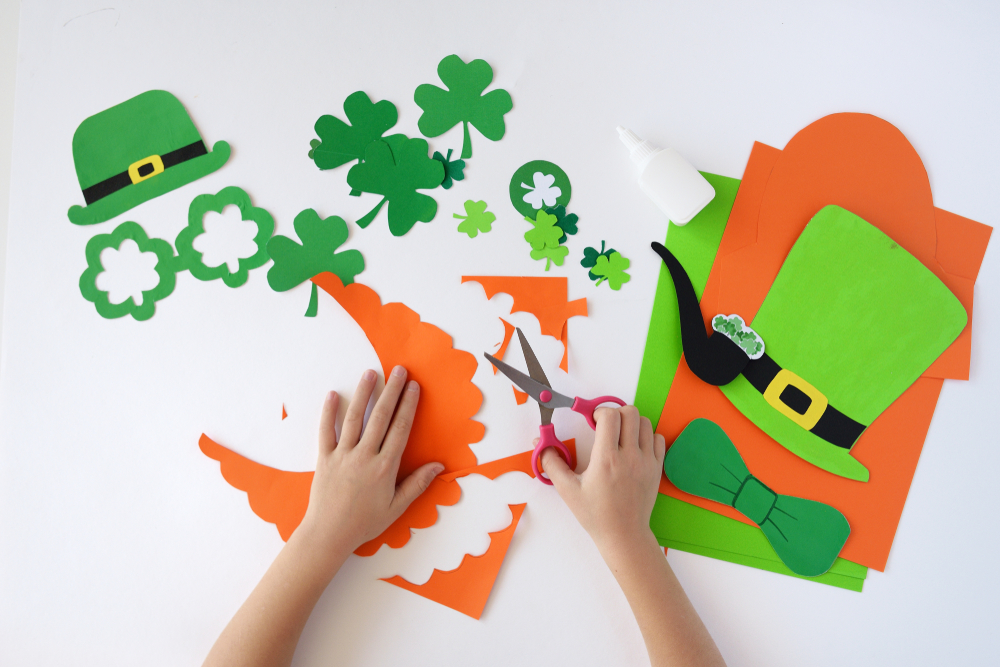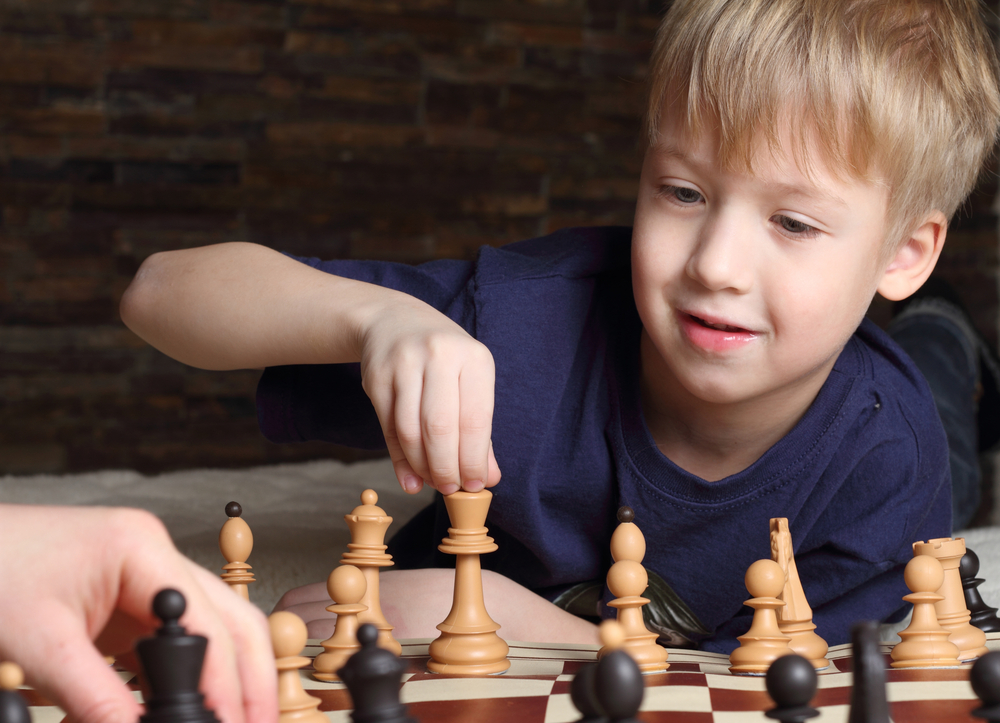Animal recognition Math Worksheets for Ages 5-6
108 filtered results
-
From - To
Introducing our engaging "Animal Recognition Math Worksheets" tailored for ages 5-6! These worksheets are designed to captivate young learners by combining essential math skills with the thrill of animal recognition. Little ones will enhance their counting, addition, and pattern recognition abilities while identifying and learning about various animals. Each activity is crafted to spark curiosity and joy, making math practice an exciting adventure. With vivid illustrations and age-appropriate tasks, these printables are perfect for both classroom and at-home learning. Help your child build a strong math foundation while fostering their love for animals! Download now for free.
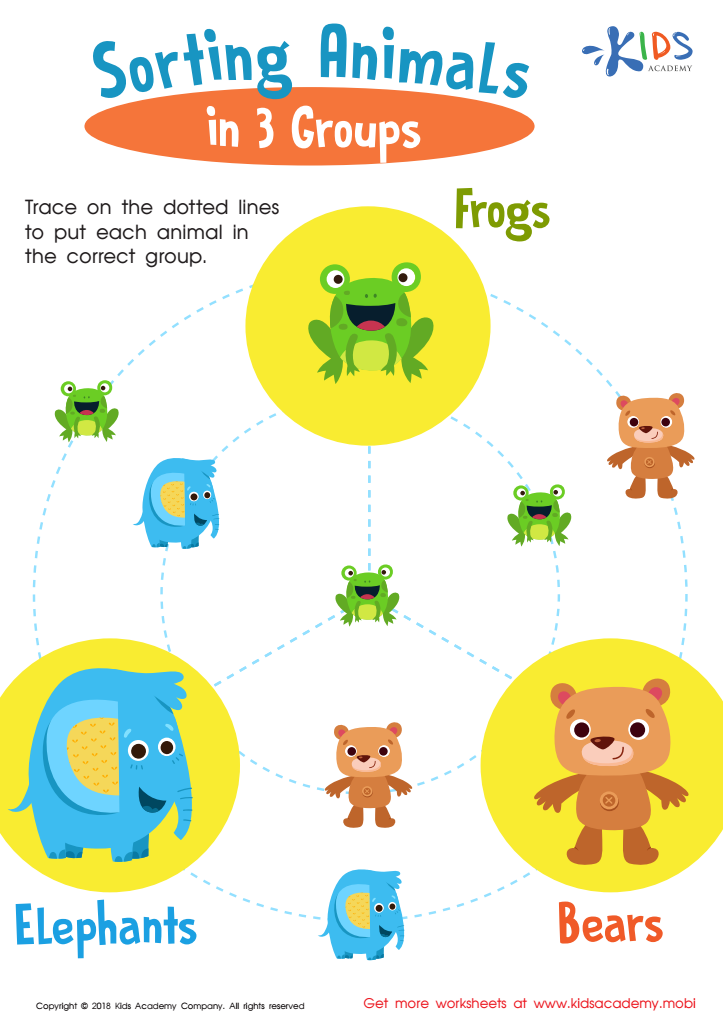

Sorting Animals in 3 Groups Worksheet
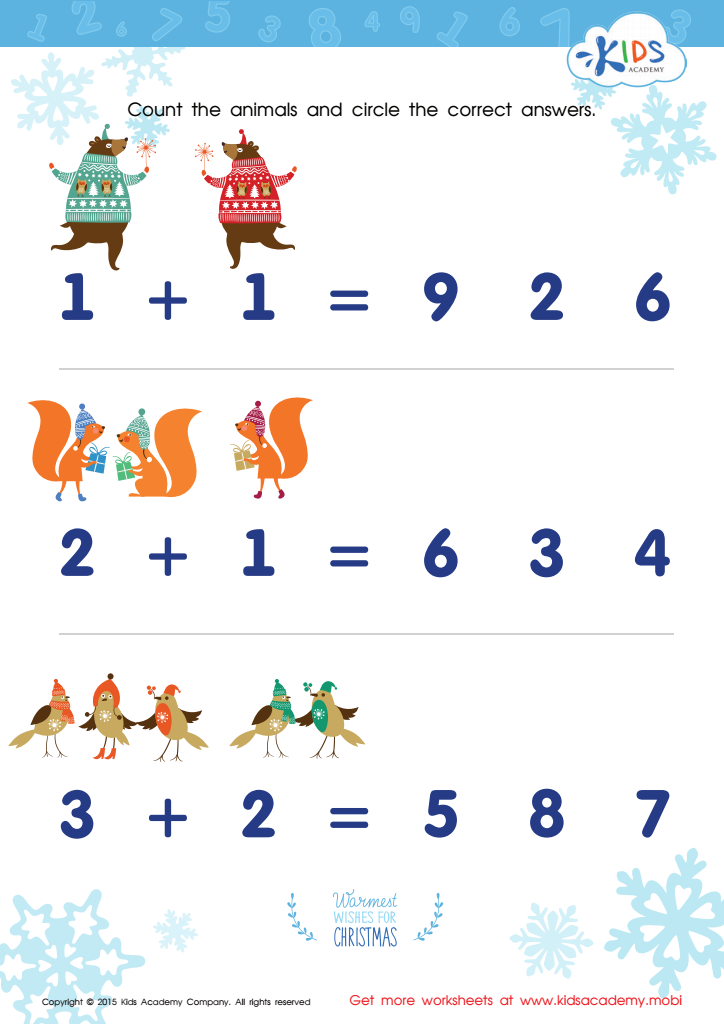

Count Funny Animals Worksheet
Parents and teachers should care about animal recognition math for ages 5-6 because it combines critical early math skills with an engaging and relatable topic for young children. This type of learning leverages children's natural interest in animals to introduce and reinforce basic math concepts such as counting, addition, subtraction, and pattern recognition. By associating these abstract concepts with something tangible and familiar, children are more likely to stay engaged and retain information.
Moreover, animal recognition math promotes cognitive development and problem-solving skills in a playful context. For instance, asking children to count the number of legs on different animals or creating simple math problems based on groups of animals can make learning more interactive and fun. It also helps in developing fine motor skills through drawing or using manipulatives.
Another critical aspect is the encouragement of cross-disciplinary learning. While focusing on math, children also improve their language skills by learning animal names and characteristics. This holistic approach nurtures curiosity and a love for learning, setting a strong foundation for future academic success.
By caring about animal recognition math, parents and teachers provide a rich, multimodal educational experience that keeps learning dynamic and enjoyable, paving the way for more complex mathematical and scientific concepts later on.
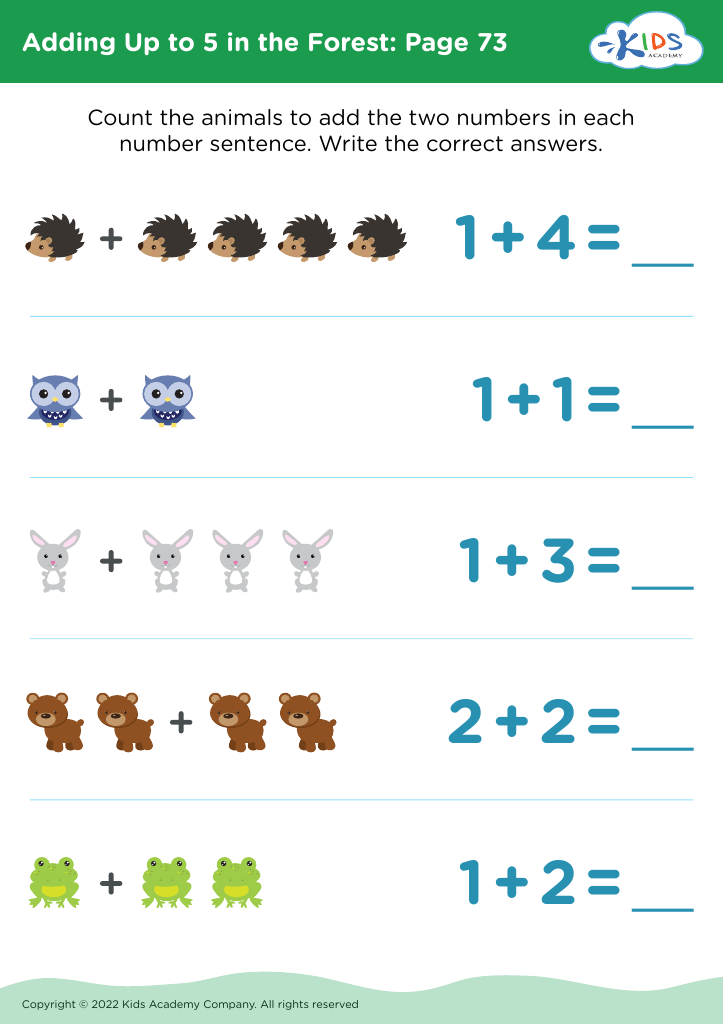

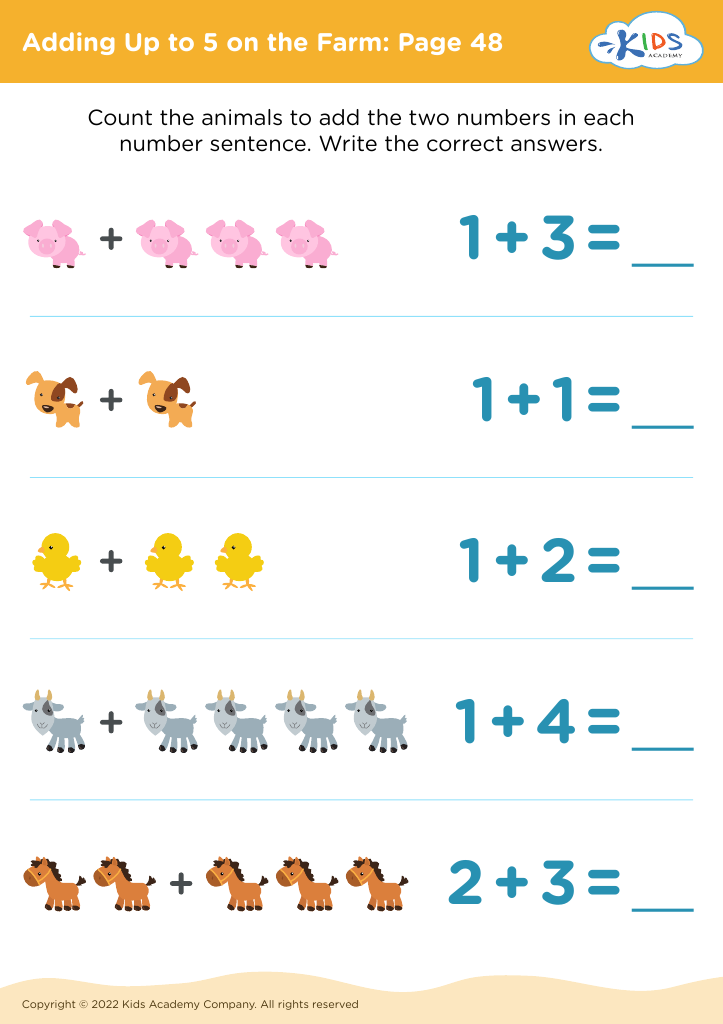
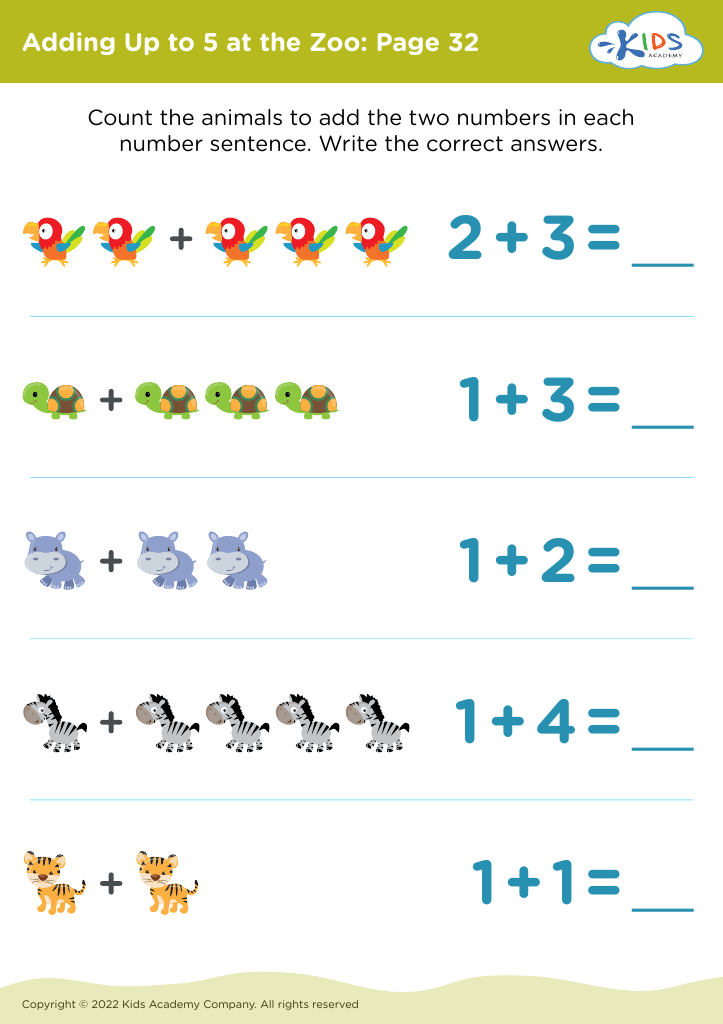
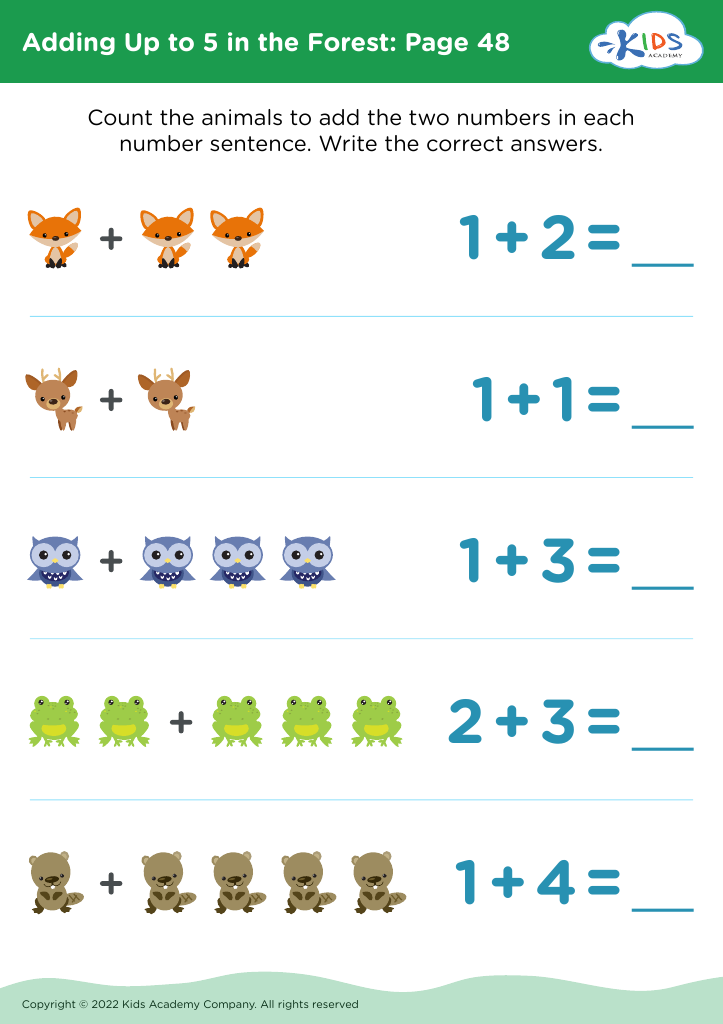


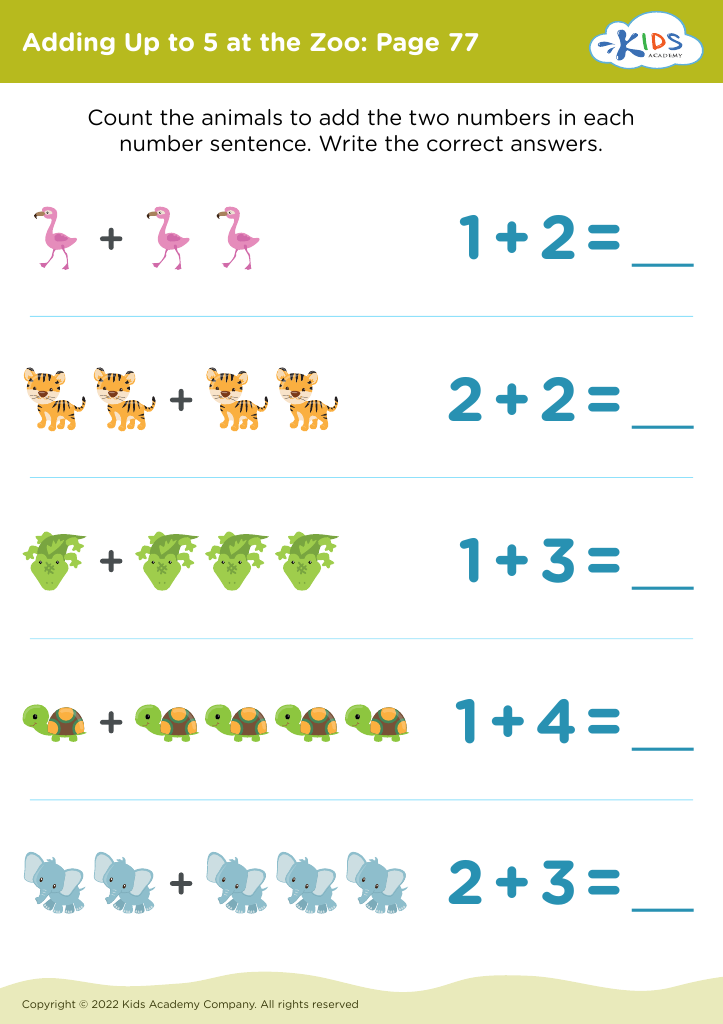
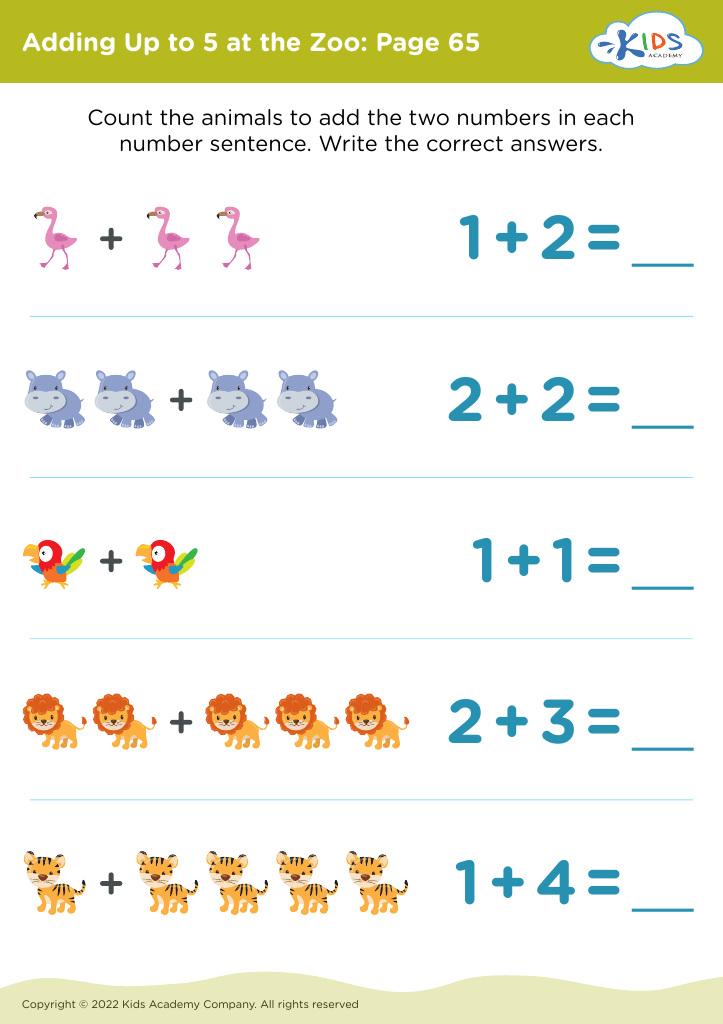
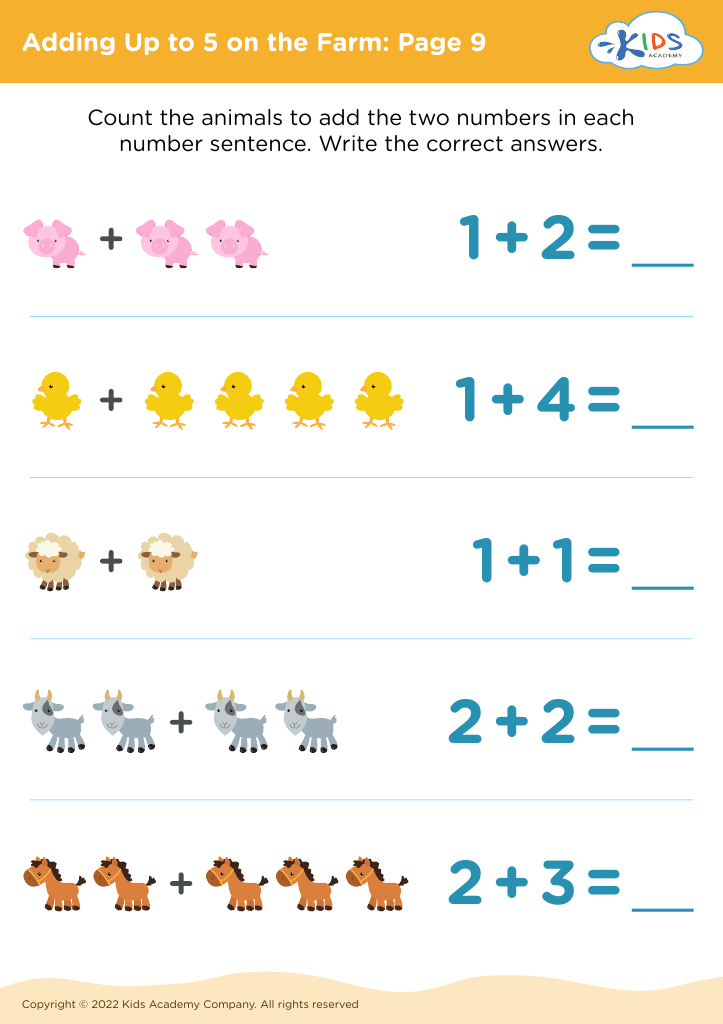
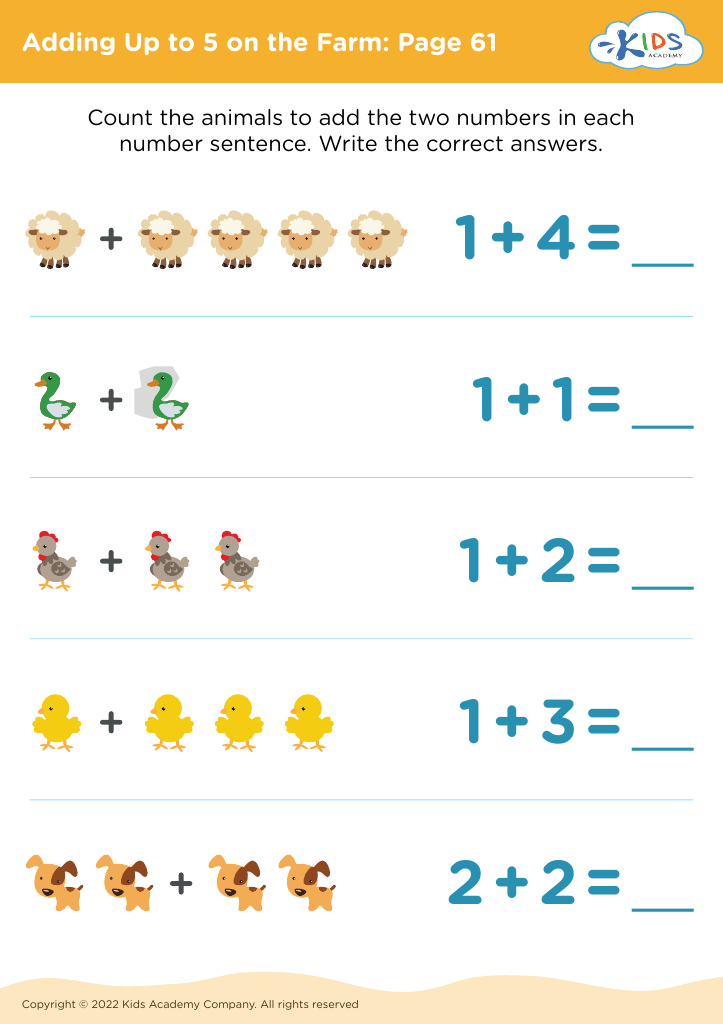
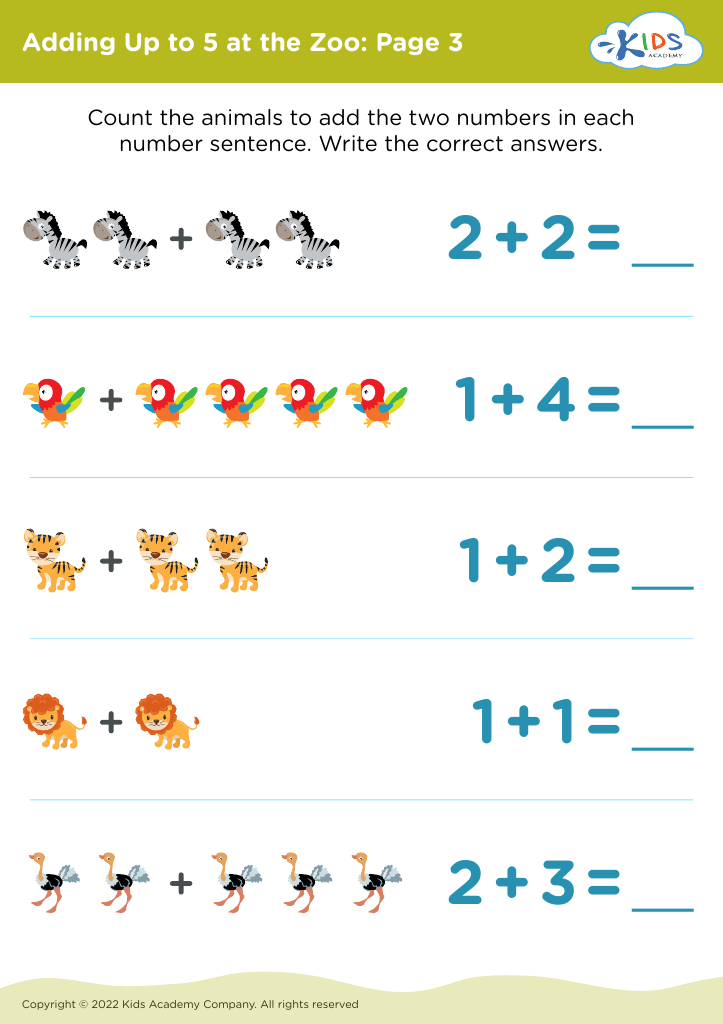
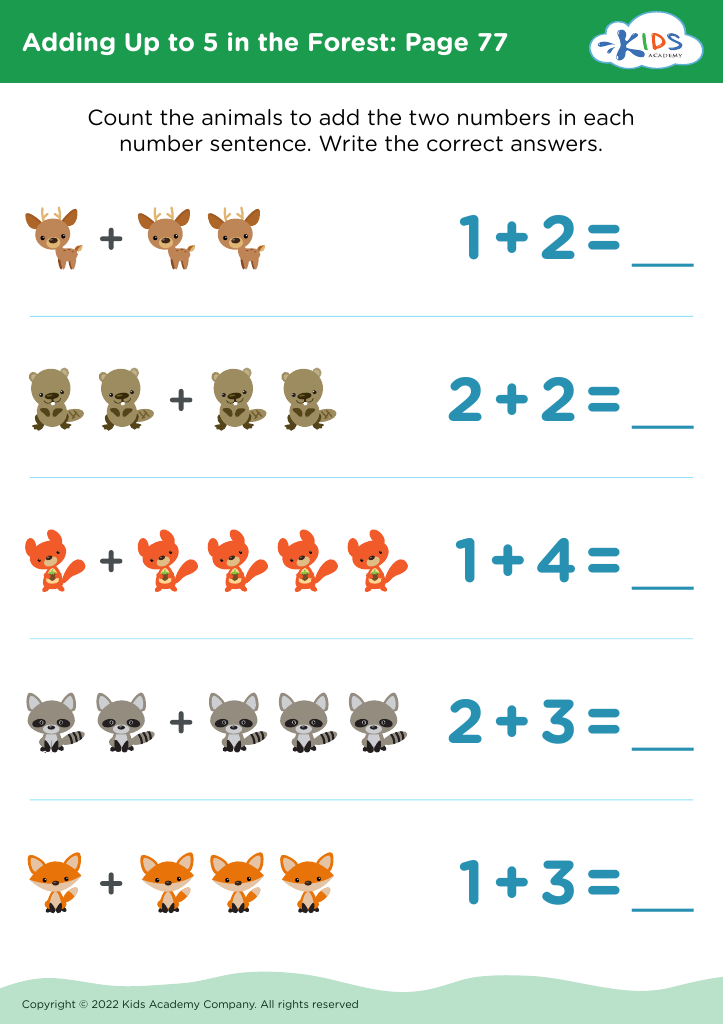

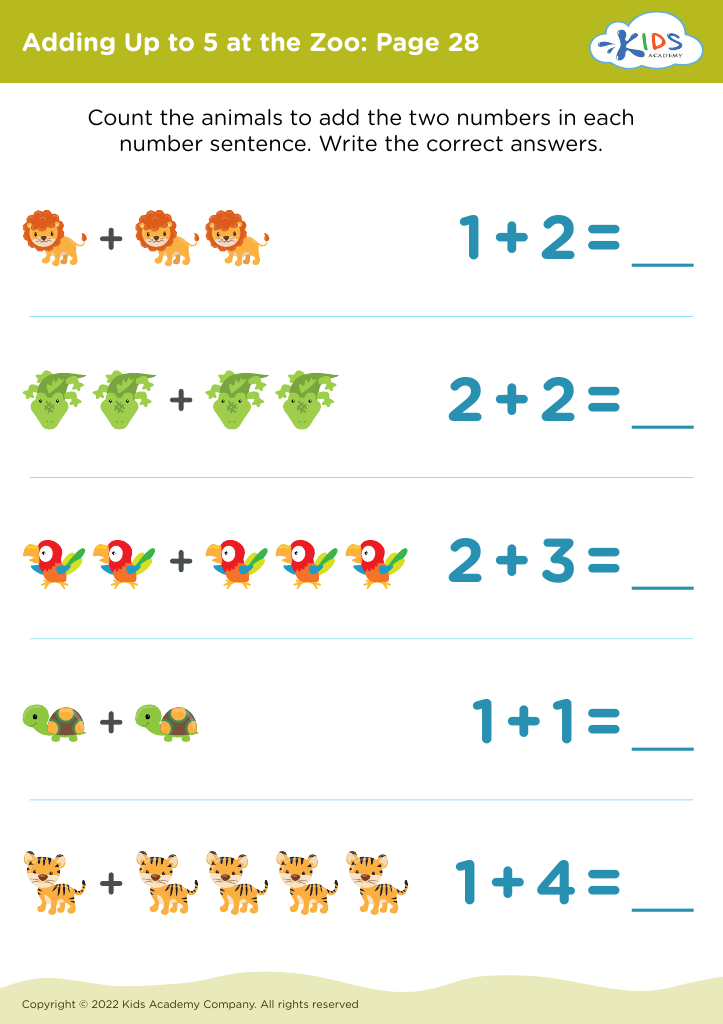

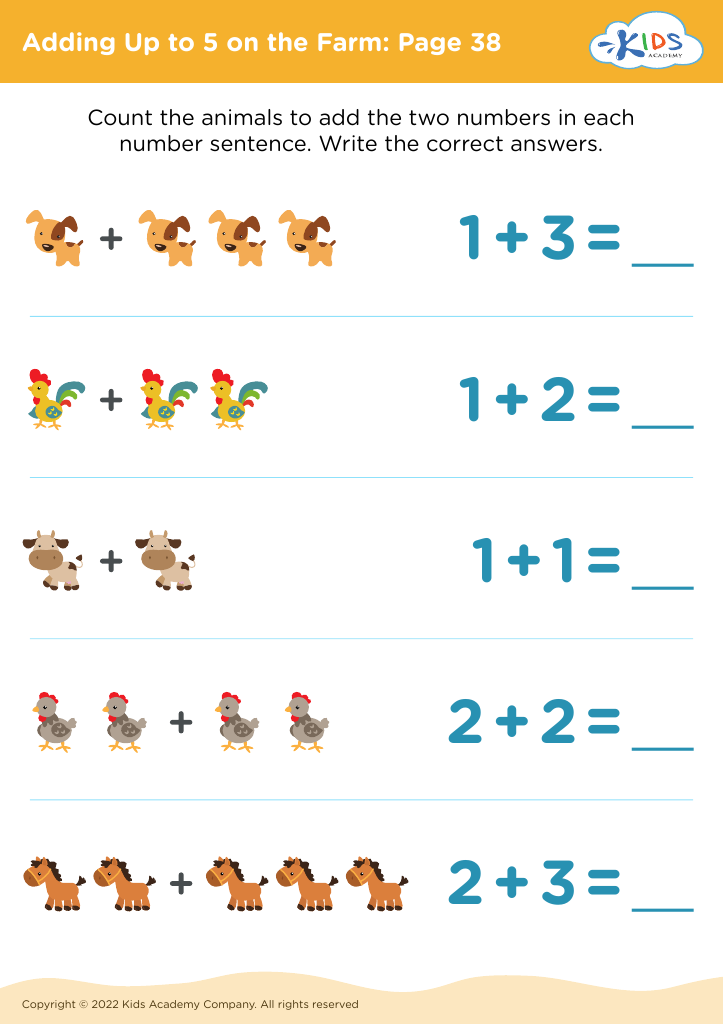
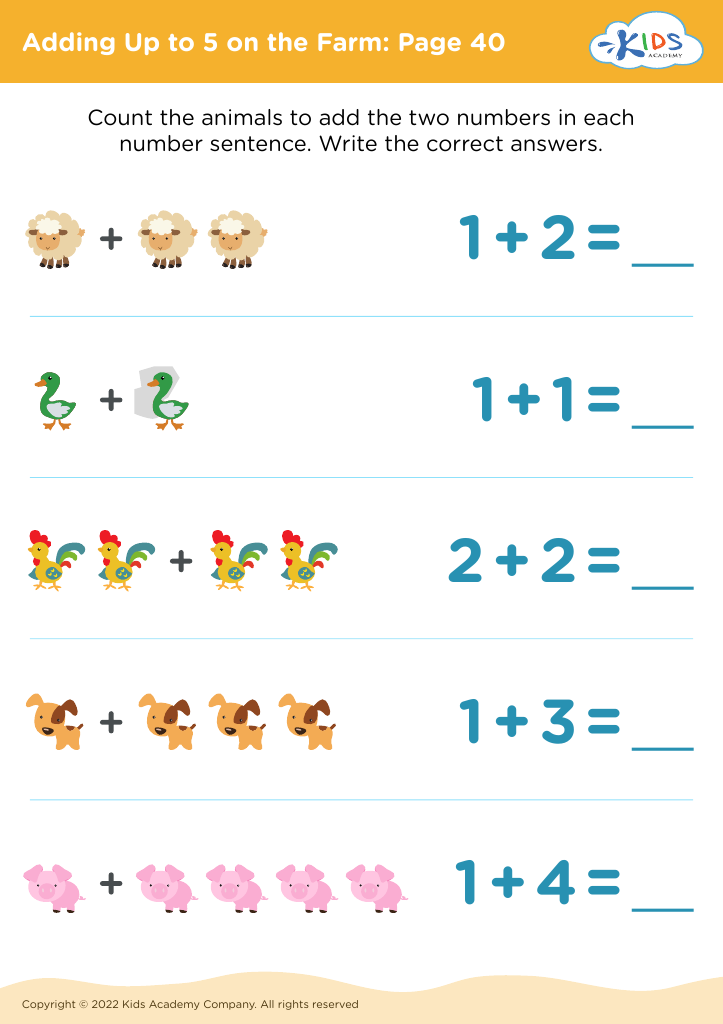
 Assign to My Students
Assign to My Students
